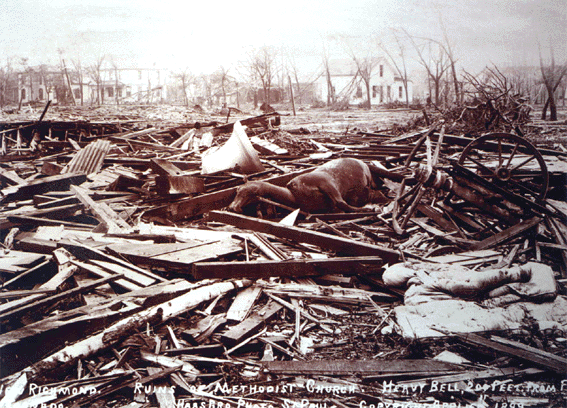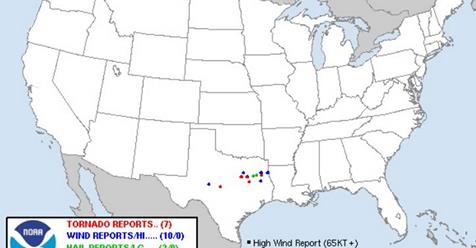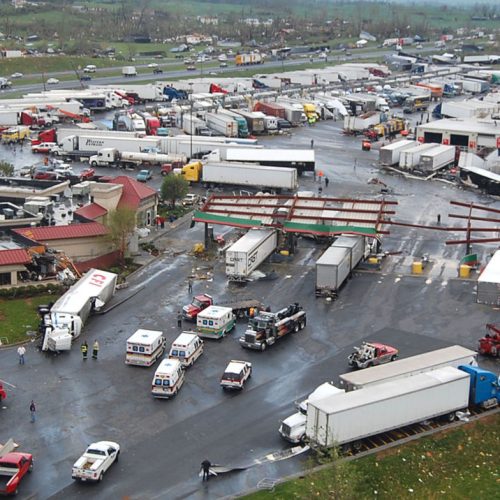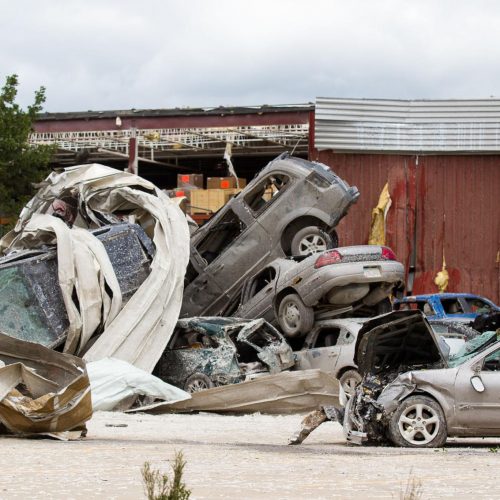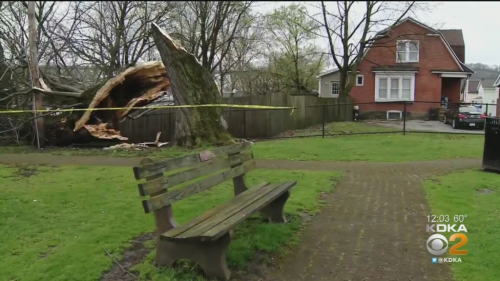Last Saturday marked the end of National Tornado and Sever Weather Awareness Week, a time set aside each year to remind people of what to do should Mother Nature go into a rage. Readers undoubtedly heard the warning sirens twice last Thursday – which might have seemed odd considering the beautiful skies and sunshine.
Unfortunately, there will be days coming up in which the skies will turn dark with clouds and the winds will swirl. So official “Tornado Week” or not, we need to share some important information today. Since 1844, Wisconsin has been hit at least 1,537 times by a tornado, including 37 in Jefferson County. Those caused directly 511 deaths and 3,056 injuries that are documented.
The Badger State averages 23 twisters per year, with the peak months being May through August, but June logging the greatest number. A record-setting 62 tornadoes occurred in 2005, while there were only four in 2012. Last year, just 17 tornadoes were reported in the state.
The “average” Wisconsin tornado, if there is one, has a seven to 10-minute duration, a path length of four to six miles and a damage width of about 120 yards.
Greater than tornadoes, we have probably seen more of what is called straight-line thunderstorm winds that can exceed 60 mph. Every year, the state also gets a few storms that generate hurricane-force winds of at least 75 to 100 mph.
So if one of the above situations take place, what do you do?
Well, if you are under a tornado warning, seek shelter immediately. Most injuries associated with high winds are from flying debris, so remember to protect your head.
If one is in a building, go to a pre-designated area such as a safe room, basement, storm cellar or the lowest building level. If there is no basement, go to the center of a small interior room on the lowest level (closet, interior hallway) away from the corners, windows, doors and outside walls. Put as many walls as possible between you and the outside. Get under a sturdy table and use arms to protect one’s head and neck. And do not open windows.
If one is in a mobile home, then get out immediately and go to a pre-identified location such as the lowest floor of a sturdy, nearby building or a storm shelter. Mobile homes, even if tied down, offer little protection from tornadoes.
If one is not in a sturdy building, there is no single research-based recommendation for what last-resort action to take because many factors can affect a decision. Possibilities include:
• Immediately get into a vehicle, buckle one’s seatbelt and try to drive to the closest sturdy shelter. If one’s vehicle is hit by flying debris while driving, pull over and park.
• Take cover in a stationary vehicle. Put the seat belt on and cover one’s head with both arms, a blanket, coat or other cushion if possible.
In all three situations, though, do not get under an overpass or bridge. One is safer in a low, flat location. Also, never try to outrun a tornado in urban or congested areas in a car or truck. Instead, leave the vehicle immediately for safe shelter. And watch out for flying debris. Flying debris from tornadoes causes most fatalities and injuries.
Wisconsin’s worst tornado occurred June 12, 1899 in New Richmond in St. Croix County. This tornado killed 117 people, injured 125 and destroyed more than 300 buildings.
Other tornadoes in the state took place more recently, including July 18, 1996, at Oakfield in Fond du Lac County, which injured 12 and caused damage worth $40.4 million in 1996, and June 8, 1984, at Barneveld in Iowa County – killed nine, injured 200 and caused $25 million in damages.
Nobody wants the Jefferson County area to join that notorious list, but should an ill-tempered Mother Nature come to call, take caution so the cost is as minimal as possible.
Posted on Apr 22, 2016 by Matt Gardne

